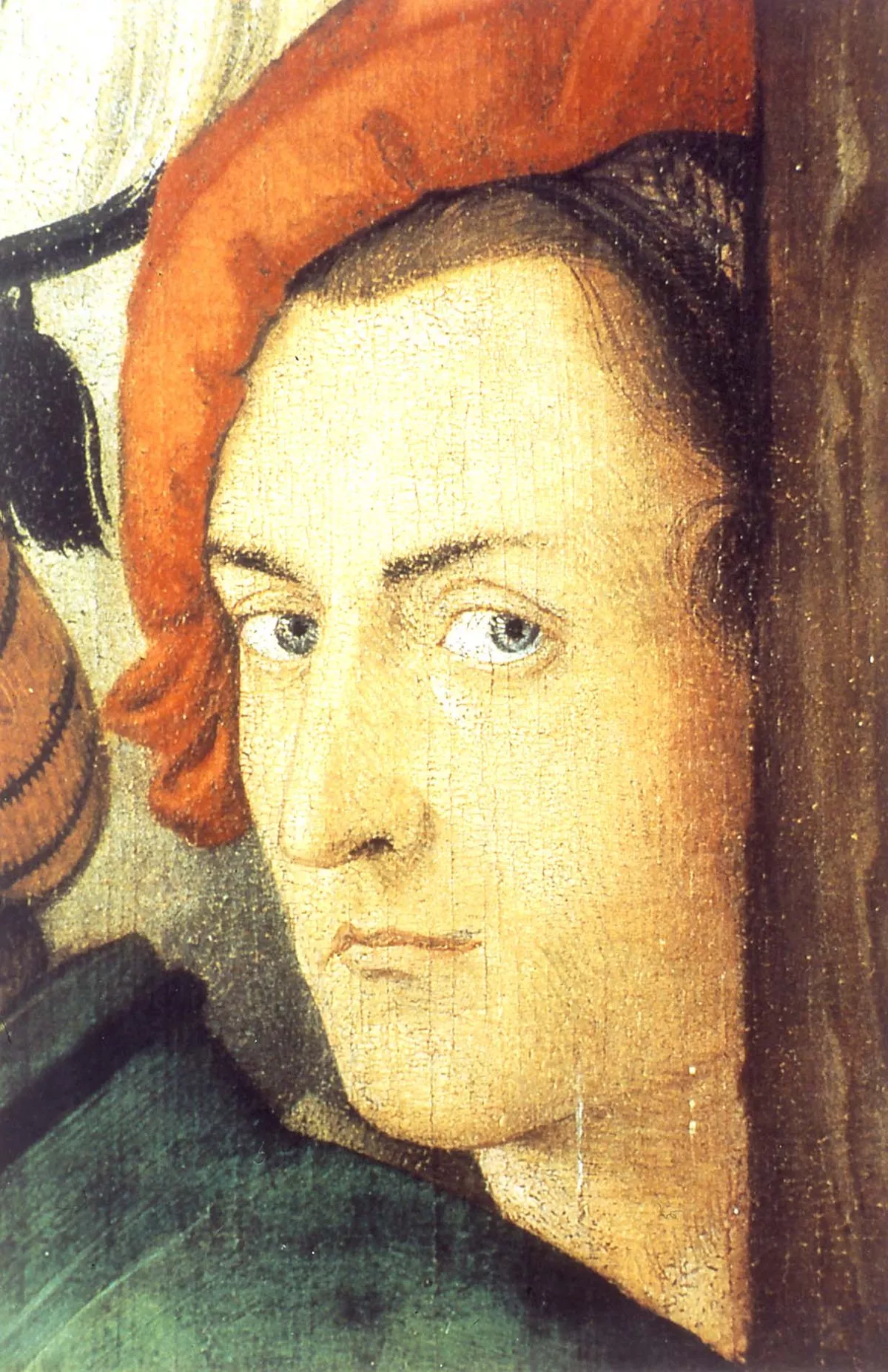 1.
1. Hans Baldung's talents were varied, and he produced a great and extensive variety of work including portraits, woodcuts, drawings, tapestries, altarpieces, and stained glass, often relying on allegories and mythological motifs.

 1.
1. Hans Baldung's talents were varied, and he produced a great and extensive variety of work including portraits, woodcuts, drawings, tapestries, altarpieces, and stained glass, often relying on allegories and mythological motifs.
Hans Baldung was the son of Johann Hans Baldung, a university-educated jurist, who held the office of legal adviser to the bishop of Strasbourg from 1492, and Margarethe Herlin, daughter of Arbogast Herlin.
Hans Baldung's uncle, Hieronymus Baldung, was a doctor in medicine, with a son, Pius Hieronymus, Hans' cousin, who taught law at Freiburg and became chancellor of Tyrol in 1527.
Hans Baldung was the first male in his family not to attend university, but was one of the first German artists to come from an academic family.
Hans Baldung quickly picked up Durer's influence and style, and they became friends.
Hans Baldung seems to have managed Durer's workshop during the latter's second sojourn in Venice.
On Durer's death Hans Baldung was sent a lock of his hair, which suggests a close friendship.
Hans Baldung became a celebrity of the town and received many important commissions.
Hans Baldung joined the guild "Zur Steltz", opened a workshop, and began signing his works with the HGB monogram that he used for the rest of his career.
Hans Baldung was present at the diet of Augsburg in 1518, and one of his woodcuts represents Luther in quasi-saintly guise, under the protection of the Holy Spirit, which hovers over him in the shape of a dove.
Hans Baldung's work depicting witches was produced in the first half of the 16th century, before witch hunting became a widespread cultural phenomenon in Europe.
Hans Baldung could draw on a burgeoning literature on witchcraft, as well as on developing juridical and forensic strategies for witch-hunting.
Hans Baldung regularly incorporated scenes of witches flying in his art, a characteristic that had been contested centuries before his artwork came into being.
Hans Baldung depicted this in works such as Witches Preparing for the Sabbath Flight.
Hans Baldung settled eventually in Strasbourg and then to Freiburg im Breisgau, where he executed what is held to be his masterpiece: an eleven-panel altarpiece for the Freiburg Cathedral, still intact today, depicting scenes from the life of the Virgin, including The Annunciation, The Visitation, The Nativity, The Flight into Egypt, The Crucifixion, Four Saints and The Donators.
Hans Baldung is well known as a portrait painter, known for his sharp characterization of his subjects.
Hans Baldung's works include historical pictures and portraits, such as Maximilian I and Charles V At a later period he had sittings with Margrave Christopher of Baden, Ottilia his wife, and all their children, and the picture containing these portraits is still in the gallery at Karlsruhe.
Hans Baldung worked mainly in woodcut, although he made six engravings, one very fine.
Hans Baldung joined in the fashion for chiaroscuro woodcuts, adding a tone block to a woodcut of 1510.
Hans Baldung's works are notable for their individualistic departure from the Renaissance composure of his model, Durer, for the wild and fantastic strength that some of them display, and for their remarkable themes.
Hans Baldung's most sustained effort is the altarpiece of Freiburg, where the Coronation of the Virgin, and the Twelve Apostles, the Annunciation, Visitation, Nativity and Flight into Egypt, and the Crucifixion, with portraits of donors, are executed with some of that fanciful power that Martin Schongauer bequeathed to the Swabian school.